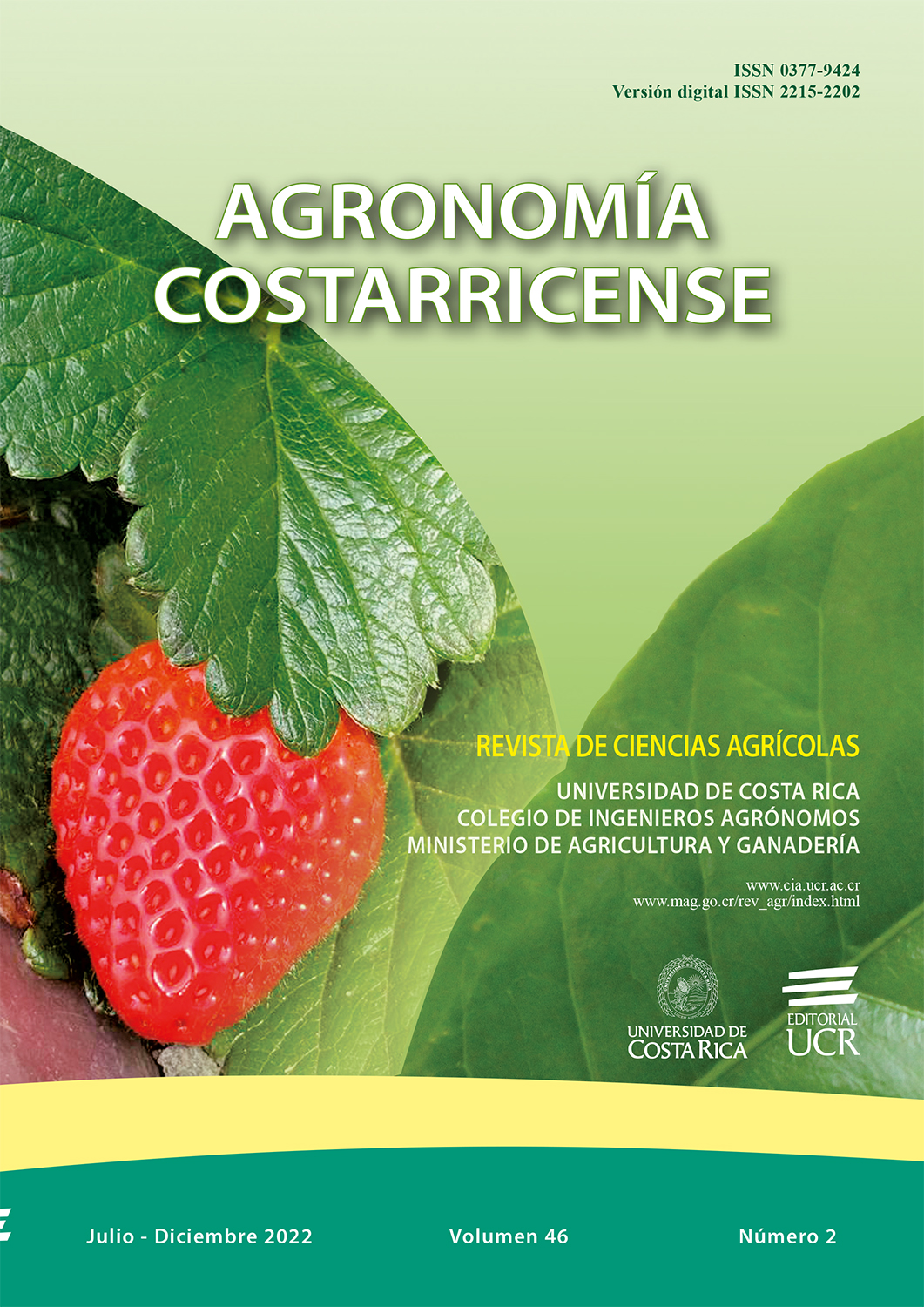Abstract
Introduction. The increase in the demand for substrates as an alternative growing medium to soils contaminated with phytopathogen complexes, raises the need to validate methodologies for the agronomic evaluation of their physical and chemical characteristics. Although there are different methods, the lack of validation and standardization between and within countries makes it difficult to control the quality of national and imported materials, which limits the success of substrate crops. Objective. To evaluate 3 different methodologies for the evaluation of the physical characteristics of coconut fiber substrate. Materials and methods. The porometer, “in situ” container and sandbox methods were evaluated to determine apparent density (AD) and the percentages of solid component (SC), volumetric water content (θ) at container capacity (θCC), aeration capacity (AC) and total porosity (TP). Additionally, the sandbox method allowed determining moisture contents at matric potentials from θCC to permanent wilting point (PWP). Results. The values of AC, θCC, TP and SC were not statistically different (p>0.05) between methods, and only DA was slightly lower (p<0.05) in the porometer method. As the θCC increased from 74.9% in the container method to 77.18% in the sandbox, and at the same time the AC had an inverse behavior decreasing from 16.33% to 15.13%. The PT and CS were very similar in the three methods, with average values of 91.67% and 8.47%, respectively. The sandbox method, unlike the others, made it possible to construct the water:air desorption curve and to determine the contents of readily available water (AFD: 23.6%), reserve water (AR: 2.3%) and water not available (AND: 49.9%). Conclusion. All the methods allowed to determine the physical characteristics of AD, AC, θCC, PT and CS of the coconut fiber. The “in situ” porometer and container methods have the advantages of being very practical at a low cost, however, compared to the sandbox method, they did not allow the elaboration of the water and air release curve and the determination of the different types of water in the substrate.
##plugins.facebook.comentarios##

This work is licensed under a Creative Commons Attribution-NonCommercial-NoDerivatives 4.0 International License.
Copyright (c) 2022 Agronomía Costarricense


